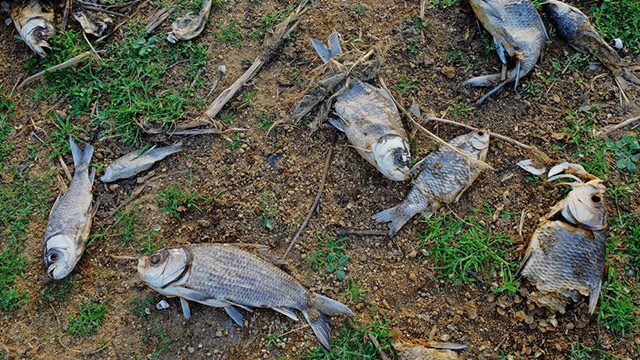Introduction
Climate change is an existential crisis that poses significant challenges to the delicate balance of ecosystems and the vast array of species that inhabit our planet. Biodiversity, the variety of life on Earth, is under immense pressure due to the rapid changes in climate patterns. As global temperatures rise and weather patterns become more unpredictable, the impacts on biodiversity are far-reaching and profound. In this comprehensive analysis, we will delve into the various ways in which climate change is affecting biodiversity and explore the potential consequences for our planet.
Habitat Loss and Fragmentation
One of the most immediate and visible impacts of climate change on biodiversity is the loss and fragmentation of habitats. Rising temperatures and altered precipitation patterns lead to changes in vegetation, making some areas unsuitable for the species that depend on them. As a result, plants and animals are forced to migrate to more suitable habitats, but often encounter physical barriers such as human infrastructure or inhospitable landscapes, making it difficult for them to adapt and survive. The loss and fragmentation of habitats disrupt ecological networks and can lead to population declines and even extinction.
Shifting Distribution Patterns
Climate change is causing a redistribution of species across the globe. As temperatures rise, many species are moving toward cooler regions or higher altitudes in search of suitable climatic conditions. This movement can disrupt entire ecosystems, as the interactions between species are altered. Some species may not be able to migrate quickly enough, leading to a mismatch between the timing of key life events, such as flowering or breeding, and the availability of resources. These disruptions can have cascading effects throughout the food chain, impacting the survival and reproduction of multiple species.
Increased Extinction Risk
The changing climate poses a significant risk of extinction for many species. The rate at which climate is changing is faster than the ability of many species to adapt or migrate. Species with limited dispersal abilities or specialized ecological requirements are particularly vulnerable. Coral reefs, for example, are highly sensitive to changes in water temperature and acidity, making them highly susceptible to bleaching events and die-offs. Additionally, species living in small and isolated populations are at greater risk, as they have limited genetic diversity and may struggle to cope with rapid environmental changes.

Altered Interactions and Trophic Cascades
Climate change disrupts intricate ecological interactions, including those between predators and prey or plants and pollinators. For example, as the timing of flowering shifts, the availability of nectar for pollinators may no longer align with their arrival, leading to a decline in pollination rates and reduced reproductive success for plants. Similarly, changes in the distribution of prey species can affect predator populations, potentially leading to imbalances in predator-prey dynamics. These alterations in interactions can have far-reaching consequences throughout the ecosystem, with potential ramifications for the functioning and stability of entire food webs.
Loss of Genetic Diversity
Biodiversity encompasses not only the number of species but also the genetic diversity within species. Climate change can reduce genetic diversity by favoring certain traits that are better suited to the new environmental conditions. This can lead to a loss of adaptive potential and increase the vulnerability of species to disease, invasive species, or other disturbances. Furthermore, genetic diversity is crucial for the resilience of ecosystems, as it allows species to respond to changing conditions and increases their chances of survival.
Conclusion
The impact of climate change on biodiversity is a complex and multifaceted issue. From habitat loss and fragmentation to shifting distribution patterns and increased extinction risks, the consequences of climate change on biodiversity are profound and far-reaching. Urgent action is needed to mitigate climate change and protect the delicate balance of ecosystems and the diversity of life on Earth. Efforts should focus on reducing greenhouse gas emissions, preserving and restoring habitats, promoting connectivity between fragmented landscapes, and implementing strategies to protect vulnerable species and ecosystems. Only through comprehensive and coordinated efforts can we hope to safeguard the rich tapestry of life that makes our planet so unique and resilient.

